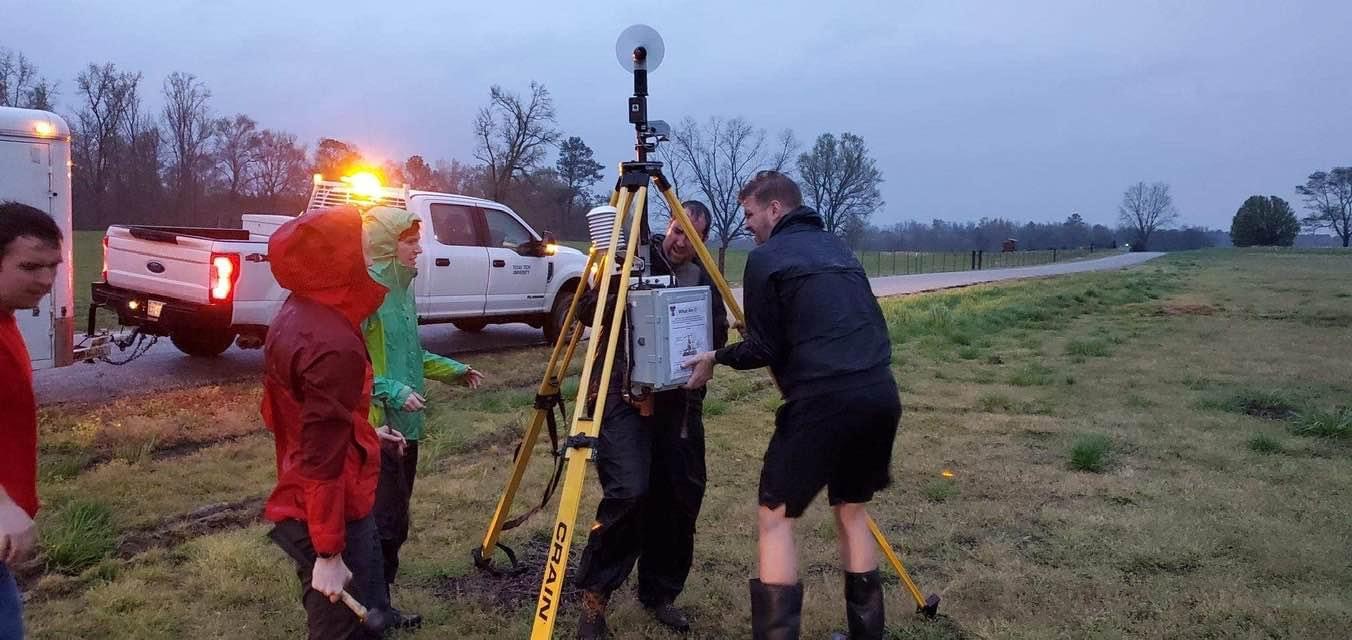20 Years of StickNet: the design, evolution, and current state.

In 2005, atmospheric science and wind science and engineering students were given a class project to design a versatile, rugged, and rapidly deployable platform. The design, affectionately dubbed “StickNet” due to its resemblance to a stick figure, has been one of the most successful student designed projects in surface observing platforms.
After its design in 2005, the initial 10 platforms were constructed and tested in the 2006 severe thunderstorm season. By 2007, the fleet was expanded to 24 platforms, which is considered as the “original fleet.” By the end of 2008, the platforms were well traveled and deployed in many thunderstorm projects as well as 2 hurricanes (Dolly and Ike).

StickNet during Hurricane Ike (2008).
After over 10 years of deployments, the fleet was doubled to 48 platforms in 2018 to allow for measurements along a larger portion of land-falling hurricane coastlines.
Even with expansion to 48, the original iconic design of StickNet has not changed. When expanded, the platform stands at 2.25 m tall. The fleet hosts two prototypes of instrumentation. The original 24 platforms contain RM Young Propeller anemometers and RM Young temperature/relative humidity sensors, while the younger platforms contain a acoustical sonic anemometer made by FT Technologies. Both types of platforms contain internal and external lithium-ion batteries, extending their life to 7 days on a full charge. They also contain real-time communication systems, so platforms can be monitored live during events.

Students setting up a platform during a thunderstorm project.
Since the 2018 expansion, the platforms have traveled across the United States during thunderstorm, hurricane, and even a vortex flow environment project in New Mexico!
